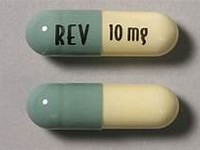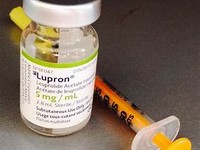Lithium

Lithium
CLINICAL USE
Treatment and prophylaxis of mania, manic depressive illness, and recurrent depressionAggressive or self-mutilating behaviourDOSE IN NORMAL RENAL FUNCTION
See individual preparations. Adjust according to lithium plasma concentrationPHARMACOKINETICS
DOSE IN RENAL IMPAIRMENT
GFR (mL/MIN)
DOSE IN PATIENTS UNDERGOING RENAL REPLACEMENT THERAPIES
IMPORTANT DRUG INTERACTIONS
Potentially hazardous interactions with other drugsACE inhibitors and angiotensin-II antagonists: lithium excretion reducedADMINISTRATION
Reconstition
–Route
OralRate of Administration
–Comments
Different preparations vary widely in bioavailability; a change in the preparation used requires the same precautions as initiation of treatmentOTHER INFORMATION
Doses are adjusted to achieve lithium plasma concentrations of 0.4–1.0 mmol/L (lower end of range for maintenance therapy in elderly patients) in samples taken 12 hours after the preceding dose. It takes 4–7 days to reach steady stateLong-term treatment may result in permanent changes in kidney histology and impairment of renal function. High serum concentration of lithium, including episodes of acute lithium toxicity, may aggravate these changes. The minimum clinically effective dose of lithium should always be usedLithium carbonate.440 LiThiUM CArBonATEBennett (4th ed.) suggests 25–50% of normal dose if GFR <10 mL/min, and 50–75% of normal dose if GFR between 10–50 mL/min – monitor lithium plasma concentrations closelyLithium generally should not be used in patients with severe renal disease because of increased risk of toxicityDialysability: serum lithium concentrations rebound within 5–8 hours post haemodialysis because of redistribution of the drug, often necessitating repeated courses of haemodialysis. Peritoneal dialysis is less effective at removing lithium and is only used if haemodialysis is not possibleUp to one-third of patients on lithium may develop polyuria, usually due to lithium blocking the effect of ADH. This reaction is reversible on withdrawal of lithium therapy.
See how to identify renal failure stages according to GFR calculation
See how to diagnose irreversible renal disease
Home








